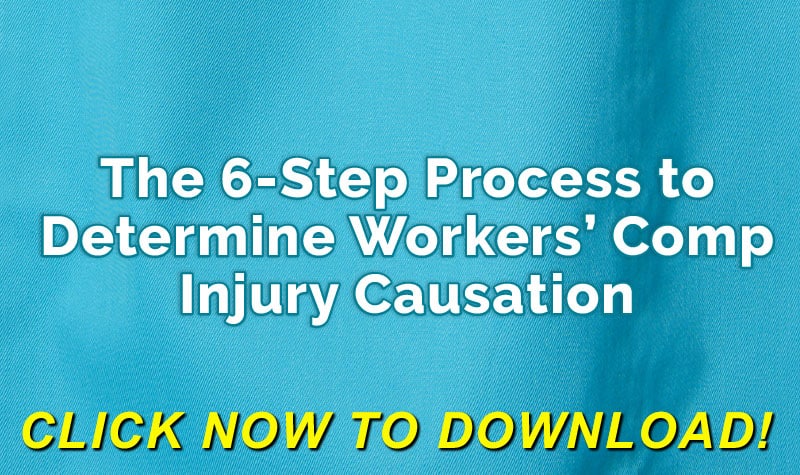
Here are some areas to consider.
Employee Safety & Health
- Wellness programs. If your company does not have one, this is a good time to consider the idea. Healthier employees are less likely to sustain workplace injuries or illnesses and more likely to recover quickly when they do. If your company has a program, look at its effectiveness. How do you measure its success? What is the participation rate? What kind of feedback have you received about it? Even if your wellness program is doing well, it may be time to try some new features or change it up a bit to encourage increased buy-in. If possible, connect wellness initiatives with nurse case management.
- Focus on older workers. If you’ve thought about taking steps to increase safety and health among aging workers, now is a good time to do so. Improve the lighting, implement efforts to ensure hallways are free of obstacles, and look into assistive devices to reduce bodily strain.
Fraud Concerns
- Step up investigations. You want to make sure you’re not hit with claims that are not work related; so when an injury does occur, make sure you don’t skip steps to uncover what really happened. Talk to witnesses, review any video footage, look at the timeline of events.
- Scrutinize bills. To the extent possible, make sure your providers, attorneys, and others are not trying to cushion their potential income losses at your expense. If anything on a bill raises a question — ask about it. Any reputable vendor should be able to easily explain changes in billing.
Claims Management Processes
- Use workflow automation to better manage your loss trends and reduce claims leakage. You might consider data warehousing to integrate legacy systems and multiple data sources to identify fraud and cost shifting, and to better manage performance.
- Intervene early. Don’t let potentially high risk claims deteriorate. Work with your insurer or third party administrator to identify claims that could go south. Leverage clinical and specialty resources early in the claim cycle.
- Use quality providers. Make sure you’re working with high quality partners, to help expedite claims and get your injured employees back to function and work. Medical providers should be outcomes-based with good track records of delivering the best care. They should also have a comprehensive understanding of occupational health. If not, look for new providers or educate those in your network.
- Check the paperwork. Make sure your policies and procedures relating to employee health and safety are up to date and easily available to employees. If you have a drug-free workplace policy, for example, make sure it includes any recent related changes in your jurisdiction. Any relevant portion of the employee manual should also be reviewed and changed where needed.
Conclusion
At the moment it seems healthcare is going to remain unchanged. However, whether or not there are future changes proposed, it behooves stakeholders to be prepared.
For additional information on workers’ compensation cost containment best practices, register as a guest for our next live stream training.

Contact: mstack@reduceyourworkerscomp.com.
Workers’ Comp Roundup Blog: https://blog.reduceyourworkerscomp.com/
Live Stream WC Training: http://workerscompclub.com/livestreamtraining
©2017 Amaxx LLC. All rights reserved under International Copyright Law.
Do not use this information without independent verification. All state laws vary. You should consult with your insurance broker, attorney, or qualified professional.














